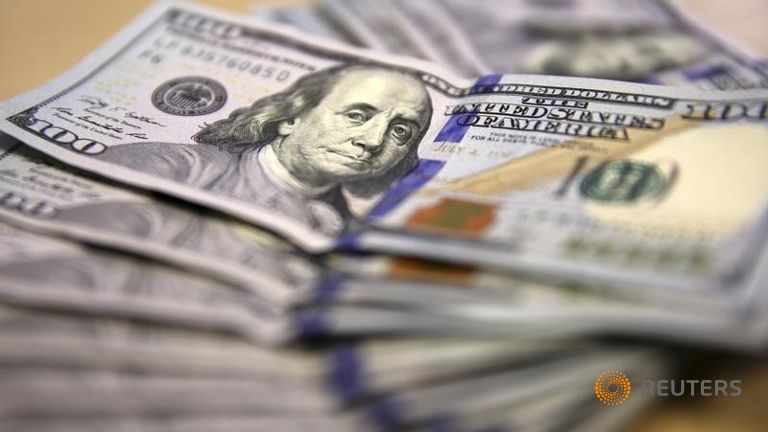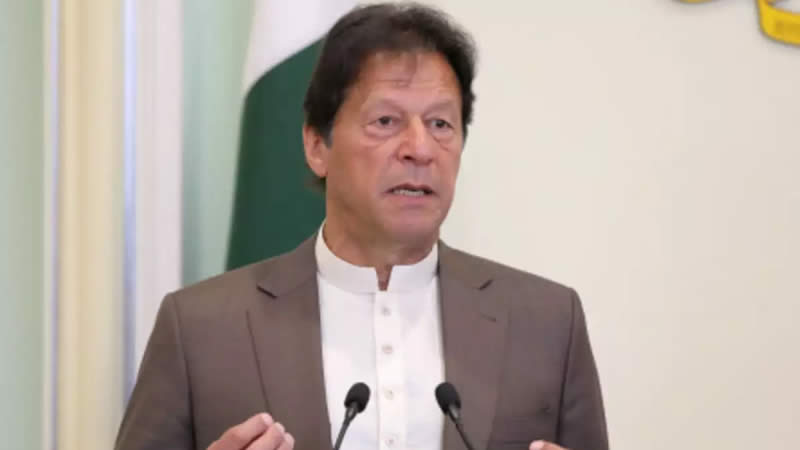Foreign direct investment (FDI) inflows slightly improved during the first five months (July to November) of this fiscal year, but a big outflow of portfolio investment slashed the overall foreign private investment (FPI) by 50 per cent.
[contentblock id=2 img=gcb.png]

The State Bank of Pakistan (SBP) reported on Thursday that the FDI increased by 8.7pc to $540 million during the July-November period of 2015-16 from $497m during the same period of last year. The poor inflows were further weakened by the outflow of $193m portfolio investment which cut the overall foreign private investment to $346m compared to $696m a year earlier. Also read: FDI rises, but remains dependent on China. The balance sheet of the inflows and outflows showed that the government failed to attract foreign investments.The only attraction so far is China which has the major share in FDI.
[contentblock id=1 img=adsense.png]
However, the inflows do not match the tall claims of $46bn investment under the China-Pakistan Economic Corridor (CPEC). FDI from China is $334m this fiscal year compared to $163m during the same period of last year. It seems that the government is content with the Chinese promise for $46bn investments but the slow pace of inflows could disturb the planners. Analysts say that the Chinese money will not be an investment but a loan to Pakistan, therefore, it should be considered as the borrowing from external sources. Outflows by US companies, which normally remain major investors in Pakistan, were the highest at $86m. Saudi Arabia, from where the largest amount is remitted by the overseas Pakistanis, was on second number with a withdrawal of $53m FDI. Apart from Chinese investment, no country invested even $100m.
[contentblock id=3 img=adsense.png]
After the United States, the second highest investment, $64m, came from Hong Kong. The United Kingdom and Switzerland invested $41m and $42m respectively. Foreign direct investment has been declining for the past five years but the previous fiscal year was the worst since the inflows remained just 50pc as compared with fiscal year 2013-14. Independent economists and analysts have blamed the government for failing to develop a strategy to attract foreign investment, particularly after successful operation against terrorism. Earlier, the government has been arguing that terrorism shattered the image of the country, thus hampering foreign investment. FDI from the Middle East, which provided more than 65pc of remittances that accounted for more than $10bn in FY15, remained negligible.












